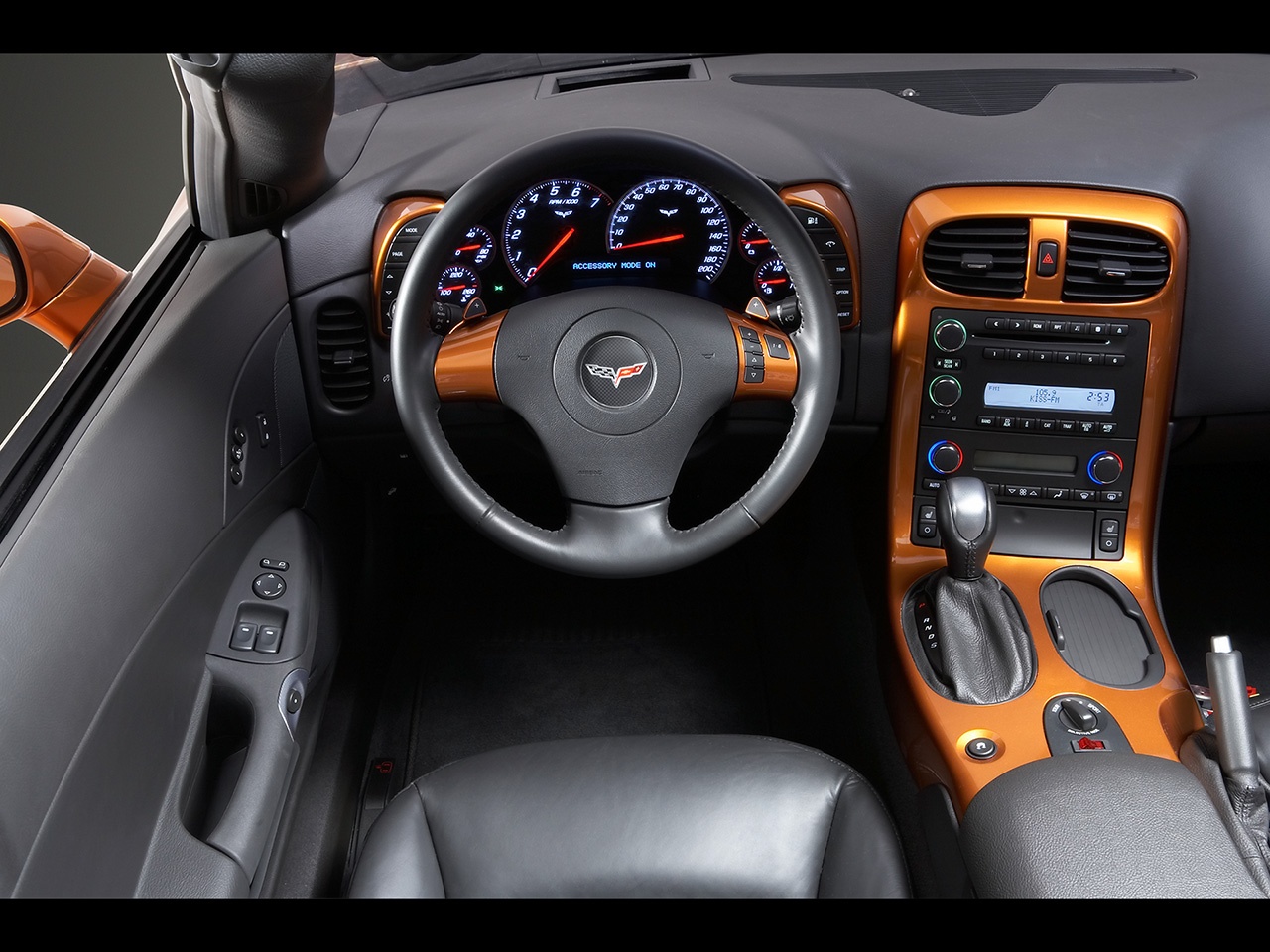Originally, dashboards were made of wood veneer or painted pressed-steel. The basic instruments on a dashboard display are speedometer gauge and fuel gauge. Apart from them, it is also consisted of tachometer, charging system gauge, oil pressure gauge and engine temperature gauge. Have a quick dashboard description and have a basic understanding.
The speedometer, one of the most frequently used tools, tells you how fast you’re going. You can read more about this bane of a lead foot driver’s existence in How Speedometers Work. Traditionally, this gauge relied upon a cable that connected the speedometer to a gear inside the transmission, but now, electric sensors are used with most dashboard devices. Instrument panels basically have a feed of constantly updated information from around the car; in fact, about one-half of a vehicle’s total wiring can be found in the dashboard display [source: Klier, Rubenstein].
Your fuel gauge can make the difference between a happy ending romantic comedy (the fella has enough gas to make it to the church in time to get the girl) or a scary horror movie (couple runs out of gas near an old abandoned warehouse full of werewolves). If you think your fuel gauge is playing mind games with you, you’re right. This gauge deliberately stays on full to three-quarters full for a long time to give you the sense that you’re getting good mileage [source: Ofria]. And of course, as Cosmo Kramer proved beyond a shadow of a doubt on “Seinfeld,” you can keep driving once the needle drops below empty — though only about 1 gallon or so [source: Buss]. Fuel up on more knowledge about this instrument at How Fuel Gauges Work.
If you drive a stick, you’re probably well familiar with the tachometer, which measures revolutions per minute (RPM) in the engine. Knowing this information can help you shift at a time when you’ll get maximum fuel economy.
Ever needed a jump when your battery went dead? You might have paid more attention to the charging system gauge or warning light afterwards. The amount of electrical current that the charging system provides to your vehicle’s battery is monitored by either a voltmeter, which measures the voltage in the charging system, or an ammeter, which measures amperage leaving the battery. When the battery is using too much of its own juice and depleting itself without getting refilled by the charging system, then these gauges or warning lights should alert you to the problem.
While many of us strive to lower our blood pressure, we should never strive to have low oil pressure. The oil pressure gauge measures oil pressure in pounds per square inch, and you’re going to have a big problem if that pressure falls in a car. Unless you want to destroy your vehicle, stop the car as soon as possible when this gauge alerts you to a problem; you’ll likely be warned via an oil lamp warning light in the dash. Similarly, if your engine gets too hot, you should also get off the road as soon as you can. Your temperature gauge, which measures the temperature of engine coolant, will alert you to a dangerous situation.
There are a host of other warning lights designed to let you know about the status of the car- though there have been some efforts to standardize these lights in all makes and models, they are currently personalized to some extent by car manufacturers. You might see these lights for everything from a reminder that someone’s not wearing a seatbelt to a warning that tire pressure is low. For more details about what a certain light is trying to tell you, consult your car’s manual.
-The configuration and arrangement of these instruments varies according to each car. In fact, it may surprise you to learn how much time carmakers spend designing dashboard displays. Read on to find out what makes the cut now, and how that might change in the future.

What does the dashboard display inform you?
by
Tags:
